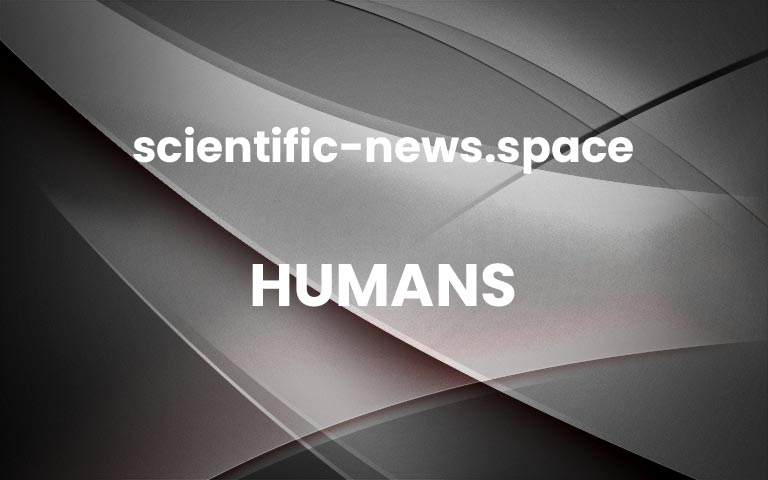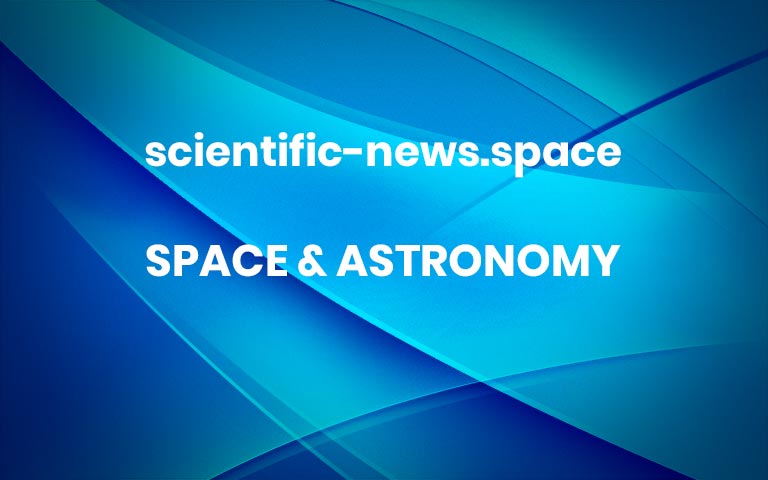The star Betelgeuse has always been a diva.
Astronomers from antiquity through the present day have watched the red supergiant pulsing at the shoulder of the constellation Orion, and the star has continually put on a show, two new studies suggest. Betelgeuse may still be recovering from a deep dimming episode a few years ago, one team reports. And the star appears to have put on its reddish stage makeup just 2,000 years ago, before which it wore yellow, another team says.
Sign Up For the Latest from Science News
Headlines and summaries of the latest Science News articles, delivered to your inbox
Thank you for signing up!
There was a problem signing you up.
Together, these studies could tell researchers about how stars spew their guts into space and hint at how long it will be before Betelgeuse explodes in a supernova.
“This star always fools you,” says astronomer Edward Guinan of Villanova University in Pennsylvania, who has studied Betelgeuse for decades and was not involved in the new works. “You think you have it, and all of a sudden, it changes.”
The “Great Dimming”
In late 2019, Betelgeuse captured astronomers’ attention when it suddenly grew dark for several months — an event astronomers now call the Great Dimming. Months of subsequent observations led researchers to an explanation: The star had coughed out a big bubble of plasma. That material cooled, condensed into dust and blocked the star’s face from the perspective of Earth months later (SN: 11/29/20). The surface of the star also cooled down, contributing to the dimming (SN: 6/16/21).
But what happened next was equally surprising, astrophysicist Andrea Dupree and colleagues report in a paper submitted August 2 to arXiv.org. The star’s regular pulsating brightness, it seems, went completely out of whack.
In its non–Great Dimming life, Betelgeuse’s brightness was on a quasi-periodic dimmer switch. As the star breathed in and out — ballooning out before shrinking back down — its brightness went up and down. “For 200 years, it had a nice, 400-day oscillation in brightness,” says Dupree, of the Harvard & Smithsonian Center for Astrophysics in Cambridge, Mass. “But that’s gone now.”
That regular drumbeat has since grown erratic. Instead of a regular thrum, the oscillations are “like an unbalanced washing machine, going ‘wonka wonka wonka,’” Dupree says.
The wonkiness is a sign of the star struggling to recover from the loss of material in 2019, Dupree says. She calculates that Betelgeuse ejected several times the mass of the moon from its surface, leaving a large cool spot behind. The star’s surface plasma is sloshing around as it returns to equilibrium.
If this picture is correct, it means red supergiants like Betelgeuse can spray material into interstellar space in discrete bursts, rather than a continuous stream. That’s important to know because many of the elements that make up planets and people were formed in stars undergoing what Betelgeuse is going through right now. Studying Betelgeuse’s growing pains and death throes can tell us about our own origins.
But while this picture of Betelgeuse holds together, it is still speculative, Guinan cautions.
One confounding factor is a new set of observations of Betelgeuse during the four-month period when it’s usually out of view. From May through August every year, Betelgeuse is too close to the sun from Earth’s perspective to be seen at night. Usually that leaves a hole in the datasets of astronomers who track its periodic behavior.
But amateur observer Otmar Nickel of Mainz, Germany, developed a technique to measure Betelgeuse’s brightness using multiple images taken during the day. Dupree’s paper is the first to include those daytime data.
“That’s cool,” Guinan says. “You can follow the star all year round.”
Those extra observations might reveal recurring changes that have always been there, rather than picking up on something truly new. “Those little variations you’re seeing…could easily be present right before the Great Dimming,” Guinan says.
Dupree’s team predicts that the dust Betelgeuse lost could become visible to some telescopes on Earth in 2023. “That would be proof” that the brightness changes were due to a single outburst, Guinan says.
Seeing yellow
The Great Dimming isn’t the first time humans have recorded a major change in Betelgeuse’s personality. Two millennia ago, the star was a completely different color, astrophysicist Ralph Neuhäuser and colleagues report in a paper in press in Monthly Notices of the Royal Astronomical Society.
The team analyzed ancient descriptions of more than 200 stars whose colors should have been visible to the naked eye in the past few thousand years. Most stars observed over human history had the same color recorded in the past as they display today, the team found. But not Betelgeuse.
The ancient Roman astronomer Gaius Julius Hyginus, who lived from about 64 B.C. to A.D. 17, and is thought to have written the Latin work De Astronomia, described the star in the right shoulder of Orion has having a similar color to Saturn — which is yellow. Astrologer and archivist Sima Qian, working during the Chinese Han dynasty around 100 B.C., independently described the star as yellow. Observers from other ancient cultures conspicuously left Betelgeuse out of their lists of red stars.
“I thought, ‘Oh, how can this be?’” says Neuhäuser, of AIU Jena in Germany. “I was not expecting such a result … to find a star to change color in historical time.”
A star’s color is a sign of its evolutionary stage (SN: 7/23/21). When stars burn through the hydrogen fuel in their cores, they puff up and expel gases into space. That expansion makes their surface temperatures drop, and they change color from blue to red in fairly short order — about 10,000 years for a giant star like Betelgeuse, which is around 14 times as massive as the sun.
[embedded content]
Measuring a star’s age isn’t as easy as you’d think. Here’s how scientists get their ballpark estimates.
That relatively recent color change suggests Betelgeuse has just reached the end of its hydrogen-burning life and became the red supergiant we know it as today while human observers were watching.
“It’s fully consistent with astrophysical knowledge,” Neuhäuser says. “It could have been expected, but no one really checked.”
That result means anyone waiting for Betelgeuse to go supernova will have a very long wait. If the star just became a supergiant in the last few millennia, it has more than 1 million years to go before the boom. More



